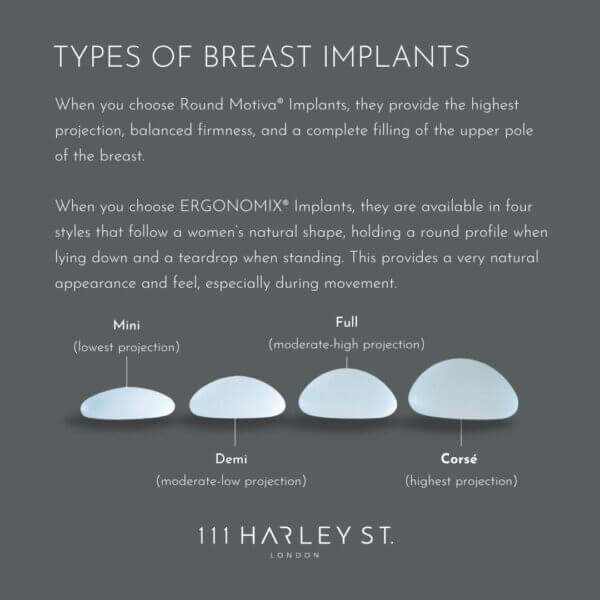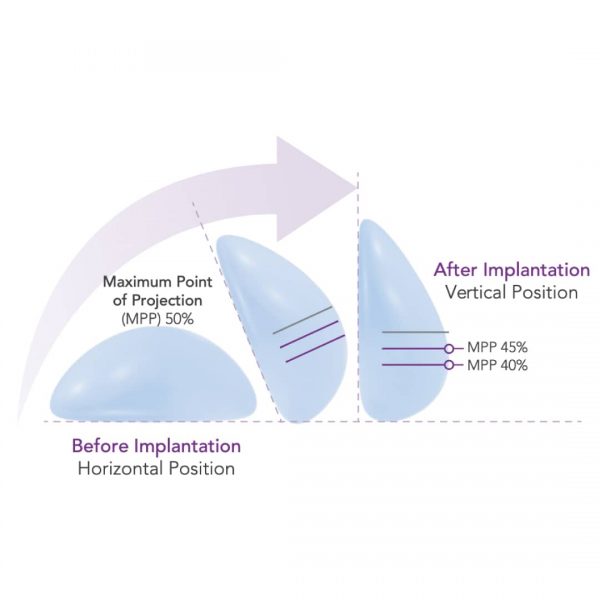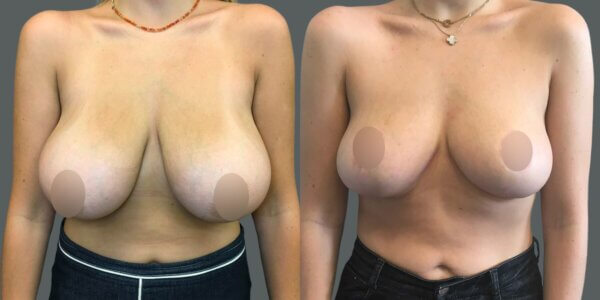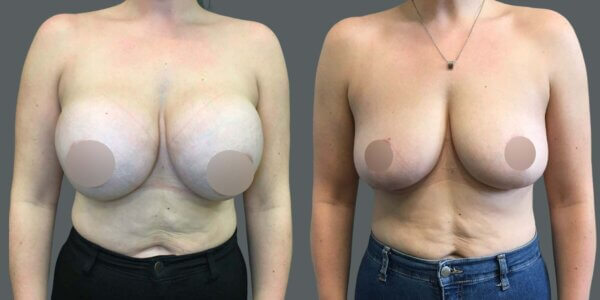

Breast Augmentation is currently one of the most popular cosmetic surgical procedures worldwide, followed by Buccal Fat Removal and Rhinoplasty. Recent data indicated that approximately 304,181 breast procedures were performed in the USA in 2023, while the UK reported around 4,924 during the same period.
That is an average of about 18 surgeries per day. Of course, if you are considering breast surgery (be it a lift, enlargement, reduction, or implant removal), it is important to be informed. Today, we are setting the record straight by debunking some common breast augmentation myths.
Although breast reduction does have aesthetic outcomes, it is often performed for medical, lifestyle, and psychological reasons. Large breasts can cause recurrent neck, back, and shoulder discomfort, rash under the breast fold (inframammary fold), posture problems, and even nerve pain. Numerous women (and men with gynecomastia) also struggle to find comfortable clothing, exercising, or just feeling at peace in their bodies.
Therefore, breast reduction is not just an aesthetic issue; it is an issue of improving the overall quality of life. A survey by the American Society of Plastic Surgeons found that 98% of women who had Breast Augmentation were happy with the results, saying it made them feel better about themselves and improved their well-being.
Close to 62% of women are able to breastfeed after undergoing breast reduction surgery, while around 75% to 90% of women with breast implants can successfully breastfeed. This can be attributed to modern techniques that aim to preserve the nipple-areola complex’s connection to the milk ducts.
When the nipple-areola complex is fully preserved during surgery, breastfeeding success rates can reach up to 100%. If the complex is only partially preserved, the success rate drops to about 75%. If breastfeeding is a concern, it is important to discuss this with your surgeon in advance, so they can tailor the surgical approach accordingly.
Not all breast implants look fake. Modern implants and surgical techniques can deliver very natural-looking results. Your surgeon can tailor the type, size, shape, and position of the implant for a more natural appearance.

A report published in the Aesthetic Surgery Journal recently announced that 95.5% of patients rated the natural feel and appearance of their breasts 4 to 5 on a scale of 5. Teardrop and round-shaped implants can also be used to achieve a more natural appearance if the surgery is performed by an experienced surgeon.
Another study involving 235 women determined that round implants consistently looked the most natural, with proper fullness on the top of the breast

There is no one-size-fits-all timeline. If your breasts are interfering with your life, age is not a barrier. Teenagers as young as 18 may be candidates if they are suffering from physical discomfort or emotional distress due to breast size. Similarly, women in their 20s, 30s, and well into their 50s and 60s seek breast reductions for a variety of personal and physical reasons.
Recent data indicates that the 40 to 54 age group accounts for the highest percentage of breast reduction surgeries, with the 20 to 29 and 30 to 39 age groups sharing second place.

Breast Augmentation is highly customisable, as the size you wish to have is a deeply personal decision. Many women choose modest enhancements to restore volume or improve symmetry. The most frequently chosen implant sizes range between 300cc and 400cc, typically resulting in a C or D cup size for most patients. Larger implants, typically bigger than 600cc, are less common.
Your journey will begin with a consultation with your Plastic Surgeon. They will be able to guide you on the size and shape that may best suit you. The choice is individual, and body confidence is about feeling at peace with yourself.
Many women are pleasantly surprised by how natural their breasts look after having their implants removed, particularly when paired with a breast lift. This combination helps reshape and tighten the breasts, reducing the likelihood of sagging or an empty appearance. To illustrate, a recent study found that 80% of women rated their breast reduction results as ‘good’ or ‘very good’.

It is important to know that implants are designed to add volume, not to address sagging per se, and a Breast Lift may be needed in combination with implants for lifted, fuller breasts. Similarly, a Breast Lift and Breast Reduction are not the same, although they are related.
A Breast Lift repositions and reshapes the breasts without necessarily changing their size. It is ideal for those experiencing sagging due to age, pregnancy, or weight fluctuations, but who are happy with their current volume overall.
A Breast Reduction, on the other hand, removes excess breast tissue and skin, reducing the size and weight of the breasts while also lifting and reshaping them. This means not all breast lifts are reductions, but most reductions involve lifting.
Probably the most common myth under the sun. The fact is that recovery times vary, but patients are usually relieved and amazed at how effortless it is. With a Breast Reduction, you can typically return to work within 1 to 2 weeks, depending on the type of work you do, and return to light activity within a few weeks.
Full recovery, swelling, and dissipation of the scars can happen within a few months, but most find the trade-off more than worth it. For a breast enlargement operation, most patients feel completely recovered with their implants settled into a natural position with minimal to no swelling after only 3 months.
Since the first successful use of anaesthesia during surgery in 1846 and the inception of the modern breast implant in 1962, surgeries have been deemed risky. Thanks to modern medicine and surgical techniques, surgical procedures have become a lot more convenient, safe, and accessible for many.
Before any surgery is scheduled, a highly experienced, board-certified, and skilled Plastic Surgeon will thoroughly walk you through all the benefits and the drawbacks during your consultation. However, knowing the difference between misconception and truth is empowering and helps you make an informed decision.